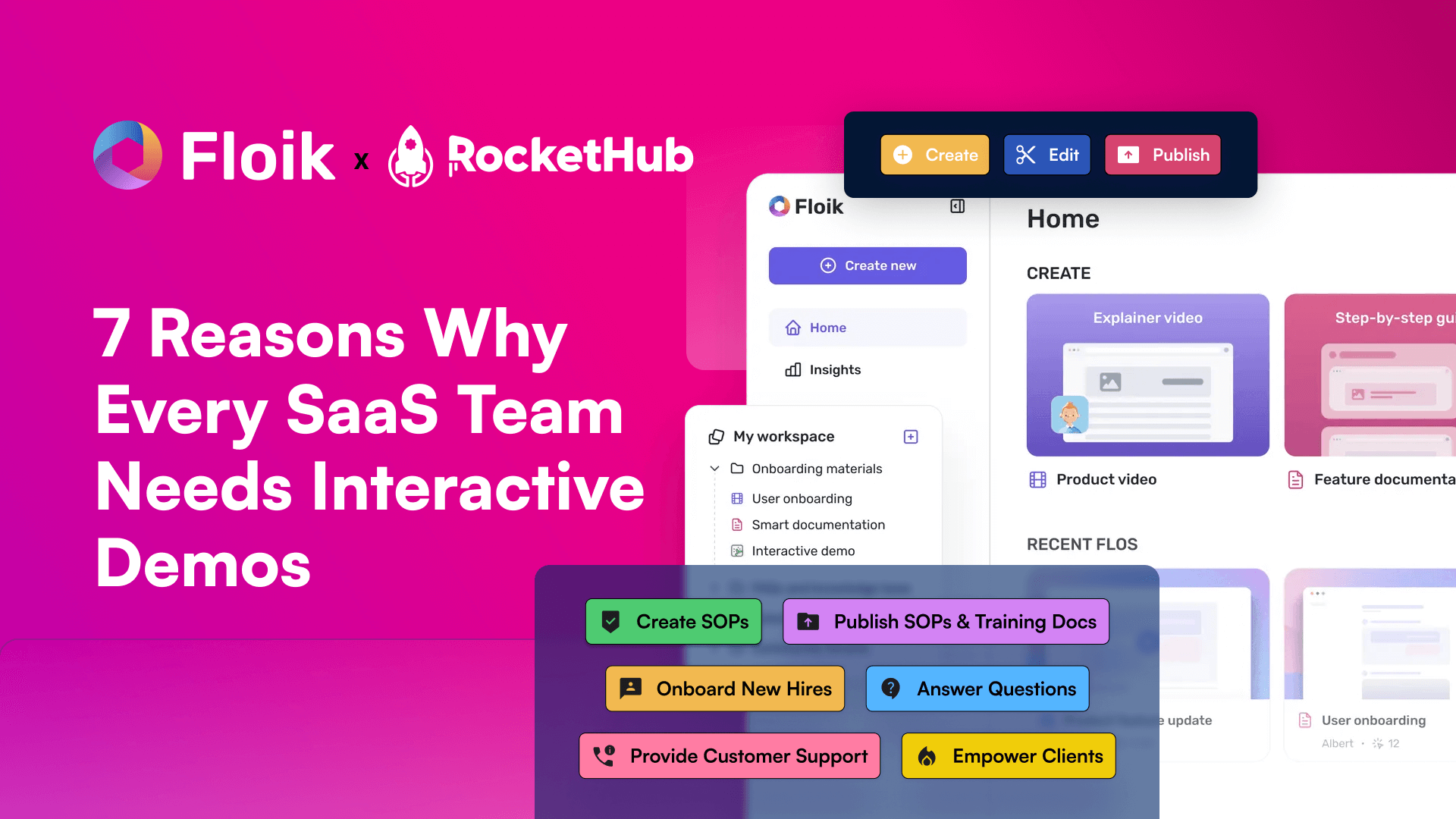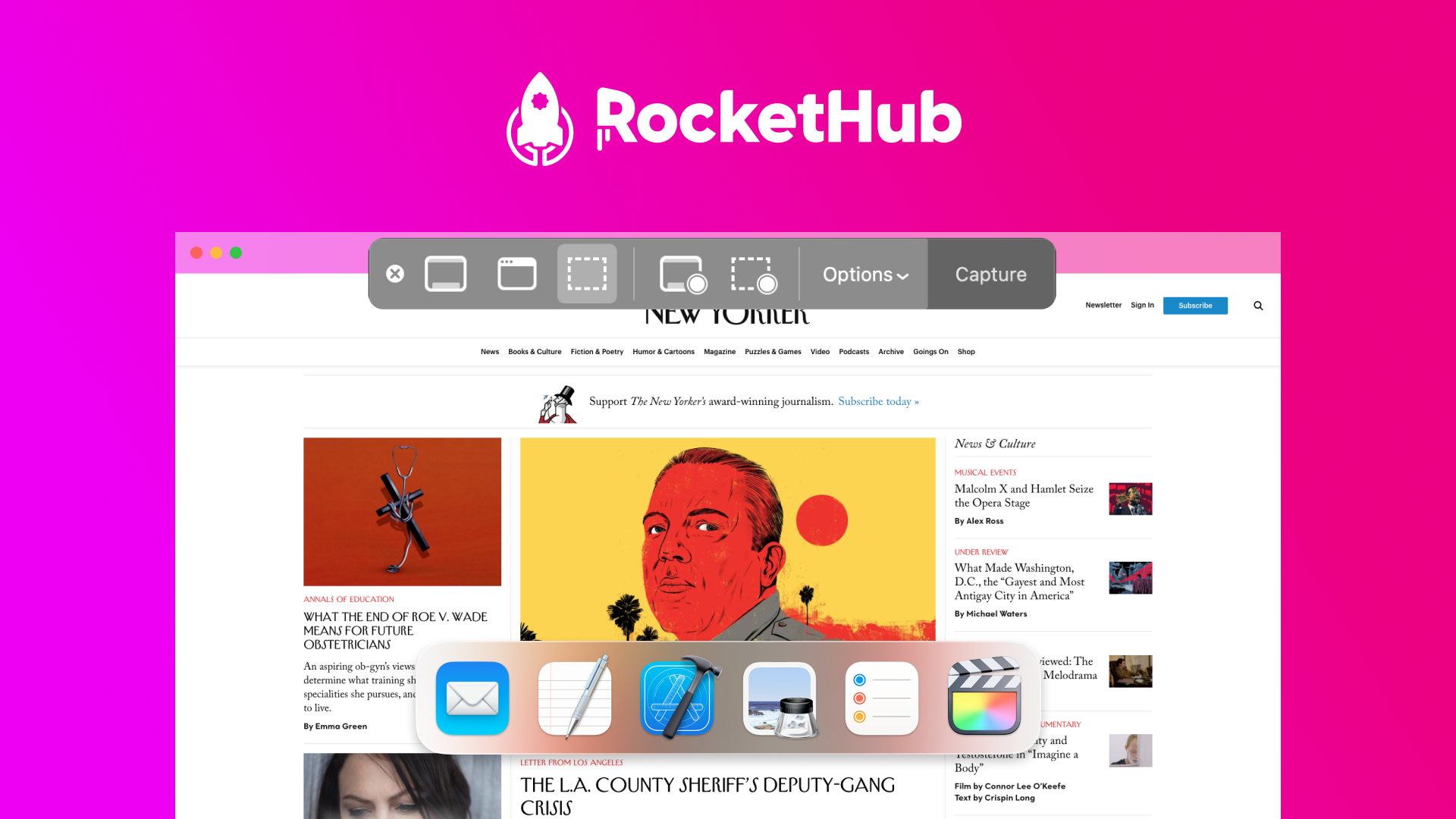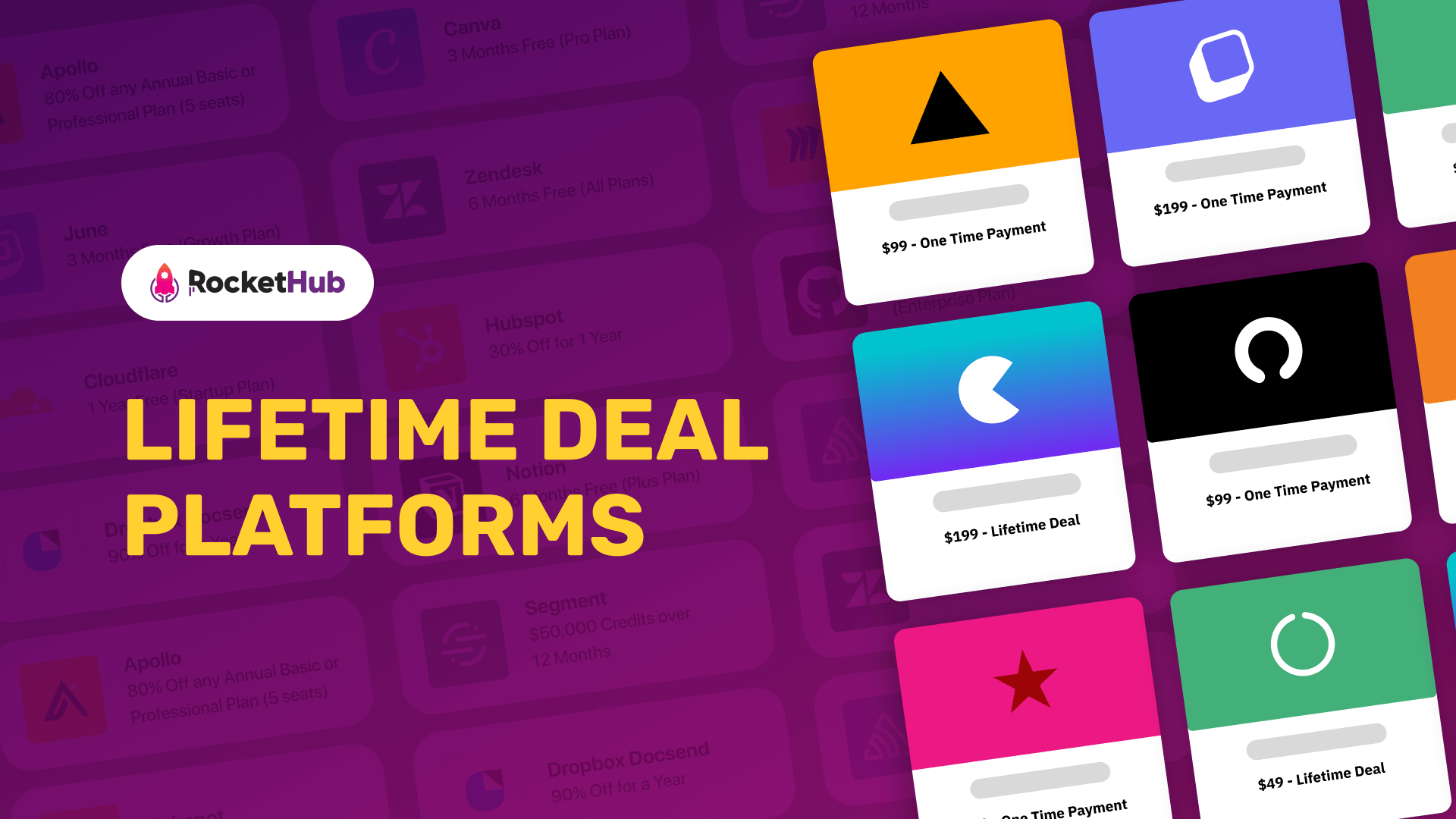
5 Critical SaaS Marketing Metrics to Track
- Angel Alfred
- November 24, 2022

As the use of software as a service (SaaS) applications continues to grow, so does the need for effective marketing strategies to promote these products. While there are many different marketing metrics that can be used to measure the success of a SaaS marketing campaign, there are 5 that are critical to the success of any campaign. In this blog post, we will take a step-by-step look at each of these 10 critical SaaS marketing metrics and how you can use them to measure the success of your marketing campaigns.
What is Software as a Service (SaaS)?
These are subscription-based enterprises. For example, Shopify, HubSpot, and MailChimp are well-known SaaS startups. While many people identify SaaS companies as selling directly to enterprises, Netflix, Hulu, and Spotify are a few examples of consumer-facing SaaS companies.
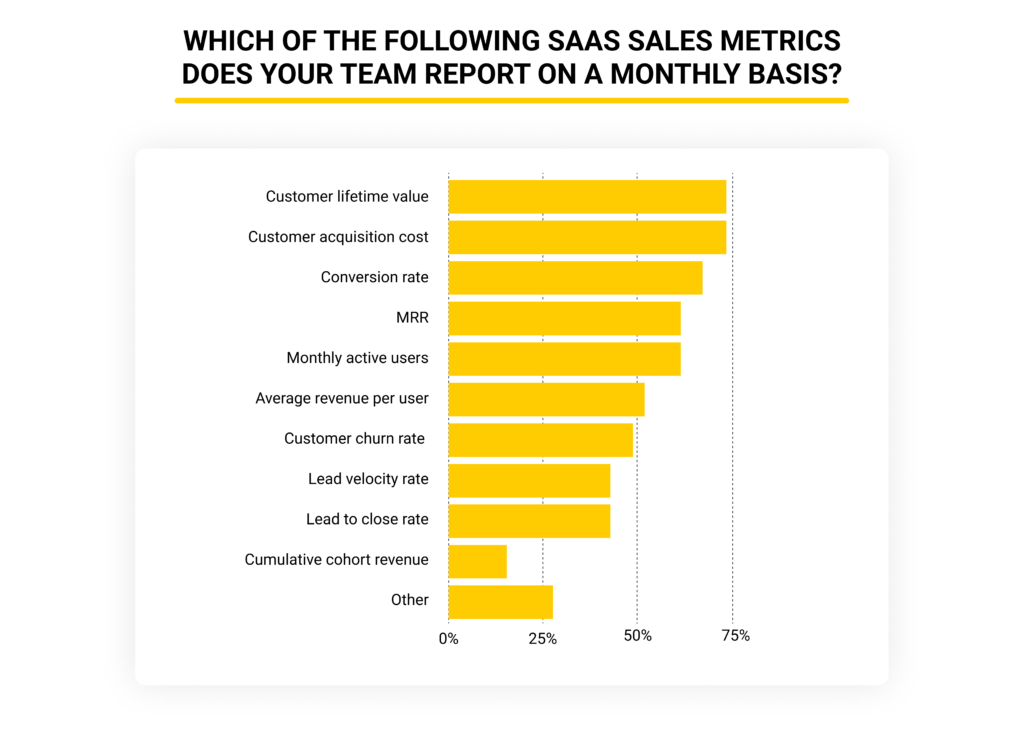
What is Meant By the rule of 40?
The 40 percent rule is merely a guideline for determining the health of a software/SaaS company. It considers growth and profit, two of the most crucial indicators for a subscription business. The basic formula is as follows:
GP Ratio = Growth rate + Profit
It indicates that your profit and growth rates should equal 40%. So, if you’re growing at 20%, you should be making a 20% profit in a basic example. If you’re growing at 40%, you might as well be making a profit of 0%. If you’re growing at 50%, you could lose 10% of your growth.
So if you’re doing 40%, you can consider your firm healthy; if you’re doing more, well, that’s fantastic. According to a McKinsey study, just around a third of software organizations meet the Rule of 40. Even fewer manage to keep it going.
Only 16 percent of the time, according to an analysis of more than 200 software companies of varying sizes between 2011 and 2021, enterprises outperformed the Rule of 40.
That’s a shockingly low figure and a vast squandered opportunity. According to data, investors routinely reward companies that are at or above the Rule of 40 with a more excellent enterprise value (EV) to revenue multiples.
Furthermore, the larger the number, the bigger the profit. SaaS companies in the top quartile generate roughly three times the revenue of those in the bottom quartile (exhibit).
5 SaaS Marketing Metrics You Should be Tracking
Here is a list of 5 critical SaaS marketing metrics that you must measure. Make sure to keep an eye on them as you refine your marketing funnel and tweak your marketing strategy.
1. Churn
The two kinds of churn to consider are revenue and customer churn—the number of customers who quit your service each month as a percentage of your total customer base. Churn shows how much revenue consumers leave your service each month as a proportion of total revenue.
SaaS companies find it more beneficial to measure revenue churn than customer churn since revenue churn indicates its health.
It isn’t difficult to find 2 or 3 new customers to replace those who have churned when you only have 100 customers. Tracking churn isn’t very useful for SaaS startups in the early days because it is effortless to find replacements.
As the organization grows, reducing churn becomes a far more critical goal. Thirty thousand people churn out a million clients a month at a 3% churn rate. It’s simply not feasible to replace that many consumers monthly.

When churn is annualized, a 3% monthly churn rate becomes a 31% churn rate, implying that you’ll need to replace nearly a third of your whole client base just to retain the same income.
Although there is a case that can be made for reporting on “retention” rather than “churn” because they are two sides of the same coin (positive thinking and all that), the truth remains that when you are losing clients, this metric becomes more critical.
The goal is to lower your churn rate to the point where you can talk about customers and revenue retained rather than money lost.
2. Rate of Activation
Activation is, without a doubt, the essential SaaS statistic. An in-app user experience becomes a growth driver in a product-led growth strategy.
It is the moment of activation, which the user perceives as an “Aha!” moment. The point is when they grasp the value of your product for themselves. And it varies from product to product.
Discovering which in-product activities correlate to long-term success and retention frequently requires a combination of complex user path mapping, user interviews, and behavioral analytics.
You’ll want to optimize your user onboarding once you’ve identified this critical point in the user experience to reduce the time it takes new users to see the value, activates it, and begin adapting your product more thoroughly.
3. Annual Recurring Revenue (ARR) / Monthly Recurring Revenue (MRR)
Monthly recurring income shows how much money your customers bring in each month. The yearly recurring revenue, or “run rate,” is calculated by multiplying this figure by 12 months. While you can compute your MRR manually, technologies like ProfitWell can calculate all of your SaaS metrics in real time for you.
A SaaS business model generates recurring revenue, which makes it attractive. Your clients will continue to pay you each month if you provide value through your service.
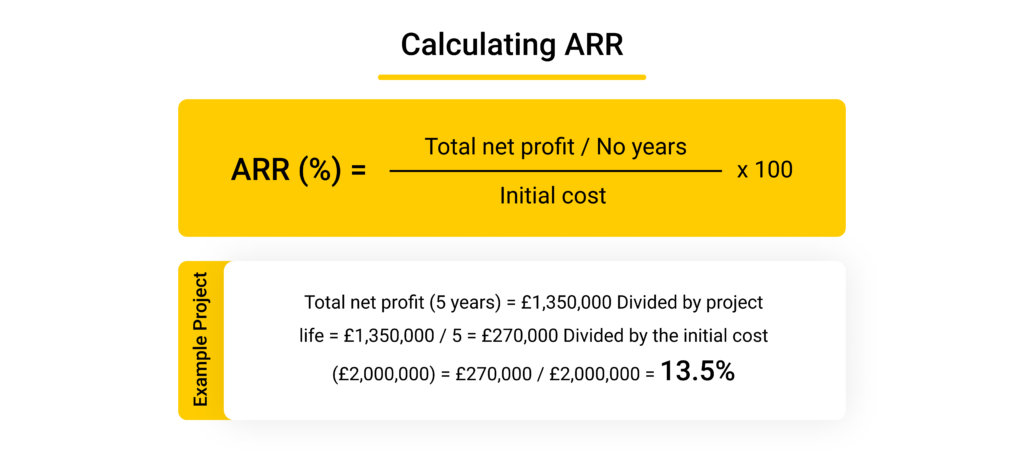
Unfortunately, many young SaaS businesses fall into the trap of undervaluing their services and charging insufficiently to continue the firm. You’ll be able to establish self-sustainability much faster if you iterate on your pricing plan until you’re getting enough to allow steady growth.
4. Customer Acquisition Costs (CAC)
The cost of acquiring a new client, or CAC, is a measurement of how much you spend on marketing and selling. You may calculate this by dividing the total amount spent on sales and marketing over a month (including salaries and additional relevant costs) by the number of clients obtained during that time.
The cost of obtaining consumers is strongly related to the lifetime value of each new customer, for a SaaS business to be profitable, there must be a more significant profit margin for each customer than the costs to gain them.
In practice, the LTV must be significantly higher than the CAC for the business to be profitable over time. A decent rule of thumb is that a customer’s lifetime value should be at least three times more than the acquisition cost.
One issue that many SaaS businesses have is that the cost of obtaining a client is frequently far more than the monthly revenue that a customer generates. It can take months, if not years, to recoup that investment.
Startups often discover that their growth is limited by the amount of money they can spend on client acquisition and that cash flow is challenging in the early years.
Recovery of the CAC swiftly frees up cash flow that can be re-invested in marketing; SaaS companies should be able to recover this cost within a year to stay healthy.
5. Customer Lifetime Value is Number Five (CLV or LTV)
The entire revenue throughout their account’s lifetime is the customer’s lifetime value (CLV or LTV). Customers will have a better lifetime value if they use your service for a more extended period. CLV can be written as follows in its simplest form:
(Revenue per client x customer lifetime) – purchase and maintenance costs
You can also go a little deeper:
(Average purchase value/Average Purchase Frequency Rate) multiplied by the average customer’s lifetime
SaaS-related metrics, such as customer lifetime value, are indispensable since they provide a long-term vision of customer engagement tactics, as they allow you to forecast how important customers will be to your business over time, regardless of how you measure it.
Top Software Sales Strategies for SaaS Sales Reps
You must shine among the others in this improving B2B SaaS world with a market worth approximately $145,377. You may have a fantastic product with fantastic features, but you must know how to sell SaaS brands to a specific market niche of professionals.
1. Create a Digital Marketplace That is Highly Targeted.
When consumers enter a store, they appreciate how extensive the product catalog is and how easily they can find what they need. On the other hand, this equation does not apply to B2B SaaS buyers, who have an entirely different experience with the software.
Many features do not imply many clients. People may become confused and overwhelmed if there are too many features for diverse situations. Most businesses want a single solution to solve their problem, which is why you require a highly targeted app marketplace for your potential clients.
2. Use “Pull Marketing”
There are two main approaches to generating leads for your digital marketplace: push content to customers and hope they come or provide information that draws them in.
Advertising is what “push marketing” is all about. As we should be keeping track of it, Push marketing may fulfill its primary goal of raising awareness. Still, it can also create leads for competitors almost as successfully as possible for the company footing the advertising tab.
3. Prioritize Onboarding
Onboarding is the process of assisting your clients in activating, configuring, and maybe migrating data into their new SaaS apps. It’s also necessary for a successful SaaS sales strategy.
Customers are far less likely to use your apps if you adequately onboard them. Customers are hesitant to pay for something they do not use; therefore, ineffective or missing onboarding can result in a churn rate of up to 80%
You will also have to deal with a constant flow of dissatisfied customers, which can strain your customer support team. Successful onboarding increases client retention, develops trust, and opens up the potential for up-selling and cross-selling. Onboarding is vital that nearly three-quarters of companies require it and are ready to pay for it.
4. Curate a Tiny App Portfolio with a Narrow Focus
When you walk into a store and find the shelves piled high with merchandise, you might think you’ve struck gold; after all, the store is practically guaranteed to have what you’re looking for.
Buyers of B2B SaaS, on the other hand, have a completely different experience. Buyers will become overwhelmed if too many apps in a digital marketplace.
That’s why you should start small, using software specifically tailored to your target market. You are serving as an experienced counsel by curating the options available to your consumers and guiding them to the solutions that would most effectively solve their problem points.
5. Keep your Free Trials Short and Sweet
When the word “free” is used, buyers will rush to a product offer. Making customers jump through hurdles only to get a trial in B2B SaaS, on the other hand, is a sure-fire approach to produce high drop-off rates.
A three-step activation process requiring only light registration (an email address and a password) is far more appealing. Set up a series of communications to engage with your customers as the trial develops to keep the momentum rolling. It can result in a 20 to 40% conversion rate from free to paid content.
Wrapping Up
It’s a marathon, not a sprint, to perfect your SaaS sales approach. You will become more knowledgeable about your product as you learn more about your target clientele and salespeople. I trust that the ideas I’ve offered will assist you in making the proper decisions. The more time you put into your SaaS efforts and the more you optimize for your particular characteristics and goals, the closer you’ll come to high-momentum growth.
Share This Post
Angel Alfred
Angel is a digital marketer, a mental health speaker, and above all, a writer. She loves being a part of the RocketHub team and is keen on learning and taking over new challenges every day!
Table of Contents
Get The Latest Updates
Subscribe To Our Weekly Newsletter
Sign up below to be one of the first crew members onboard and get early access to amazing deals.
Recent Posts


Social Media
Categories
Related Posts
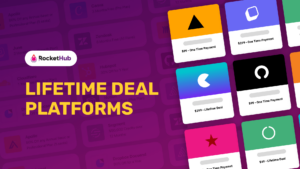
Lifetime Deal Platforms
The best lifetime deal platforms for software. Platforms lik RocketHub scour the web for the highest quality products to bring buyers the best lifetime deals on their platform.

How to Work for Yourself + 13 Solo Business Ideas
Do you ever wonder if being your own boss could truly set you free? In this article, we’ll explore the theory that unleashing entrepreneurial freedom
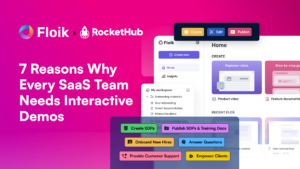
7 Reasons Why Every SaaS Team Needs Interactive Demos
Making a Case for Interactive Demos: 7 Reasons Why Every SaaS Team Needs Them Let me paint a scenario for you. You want to buy

